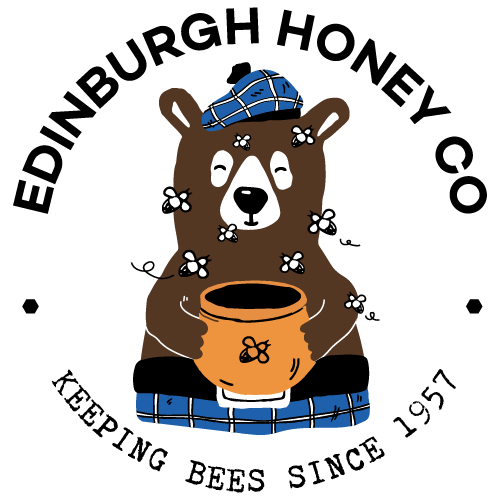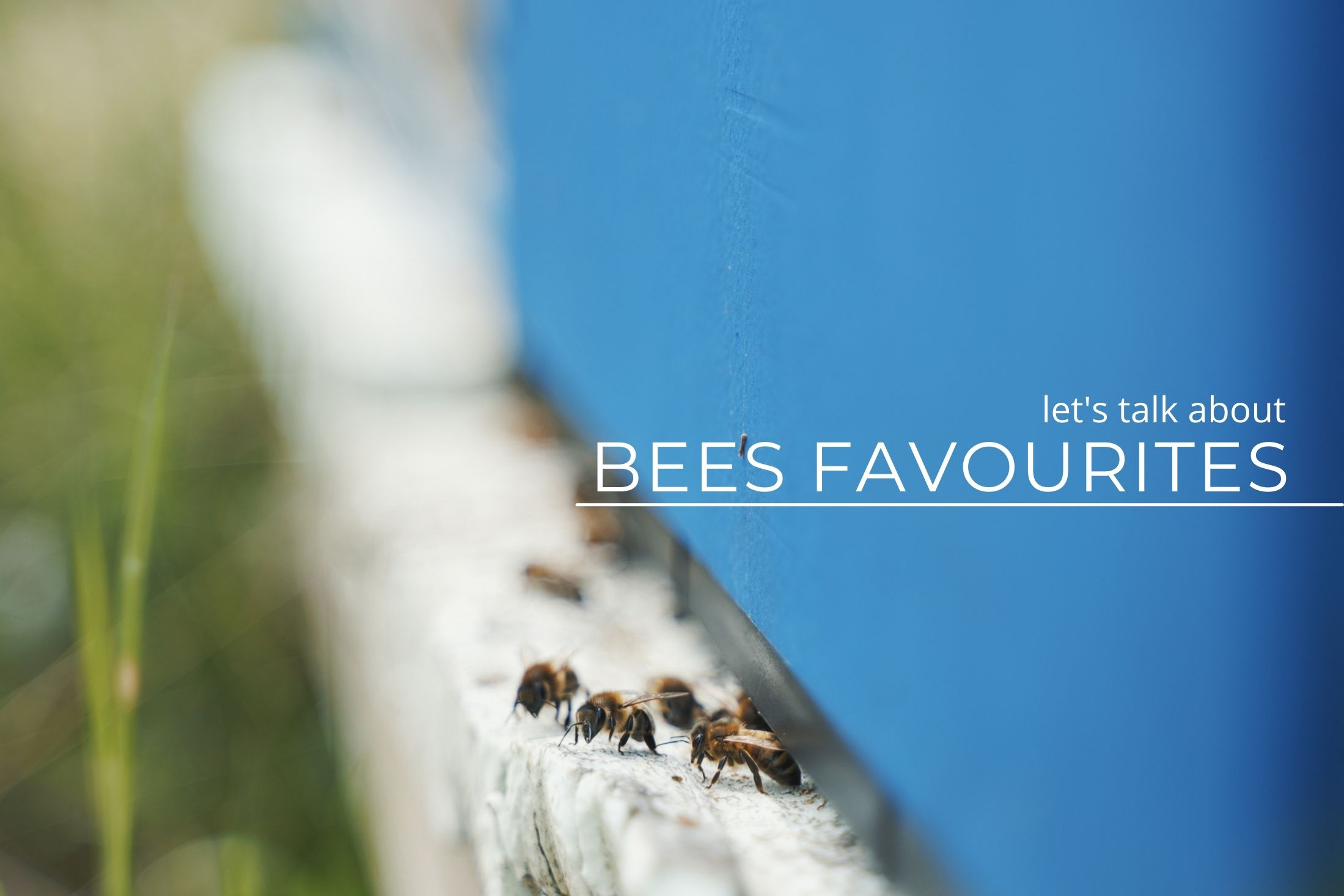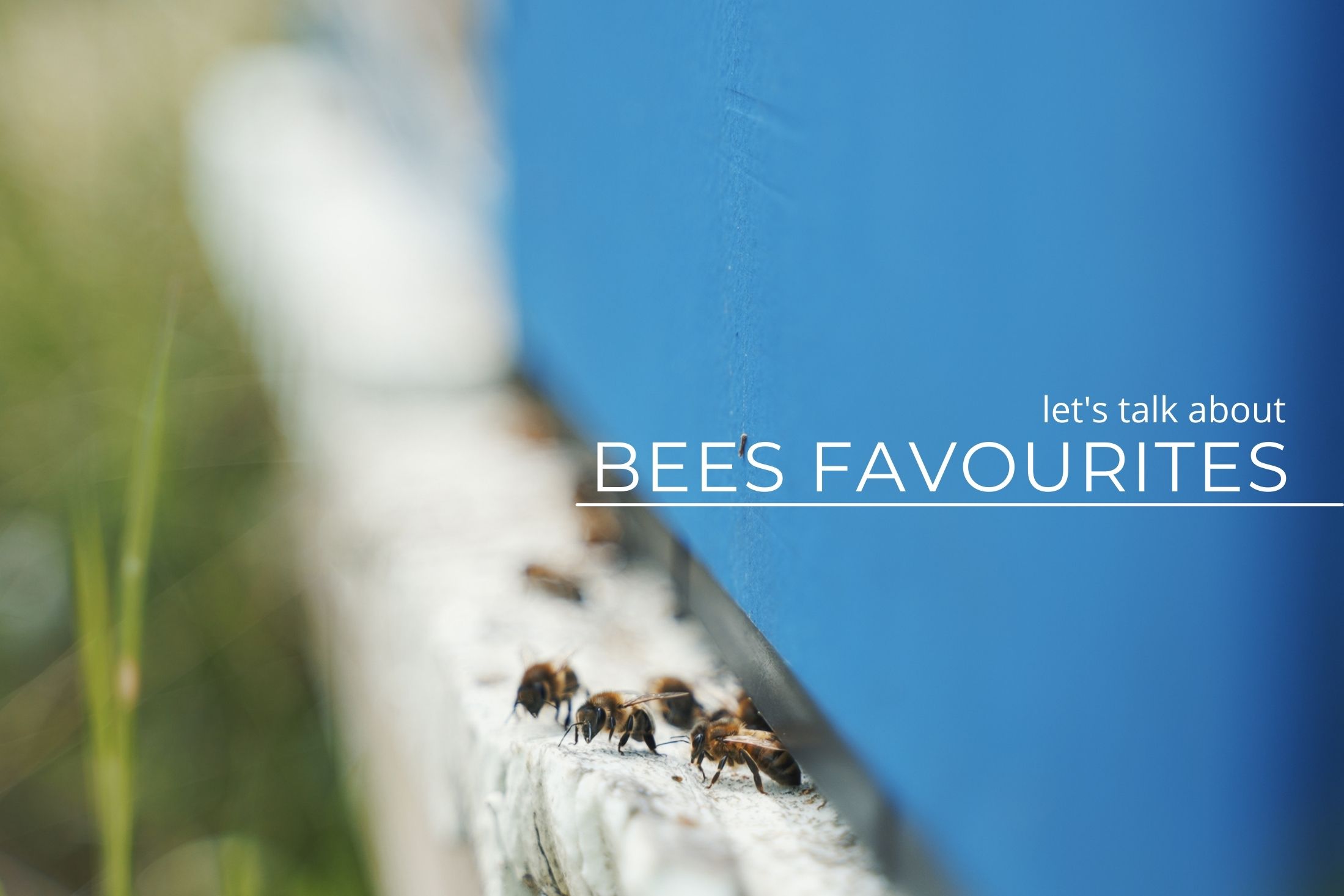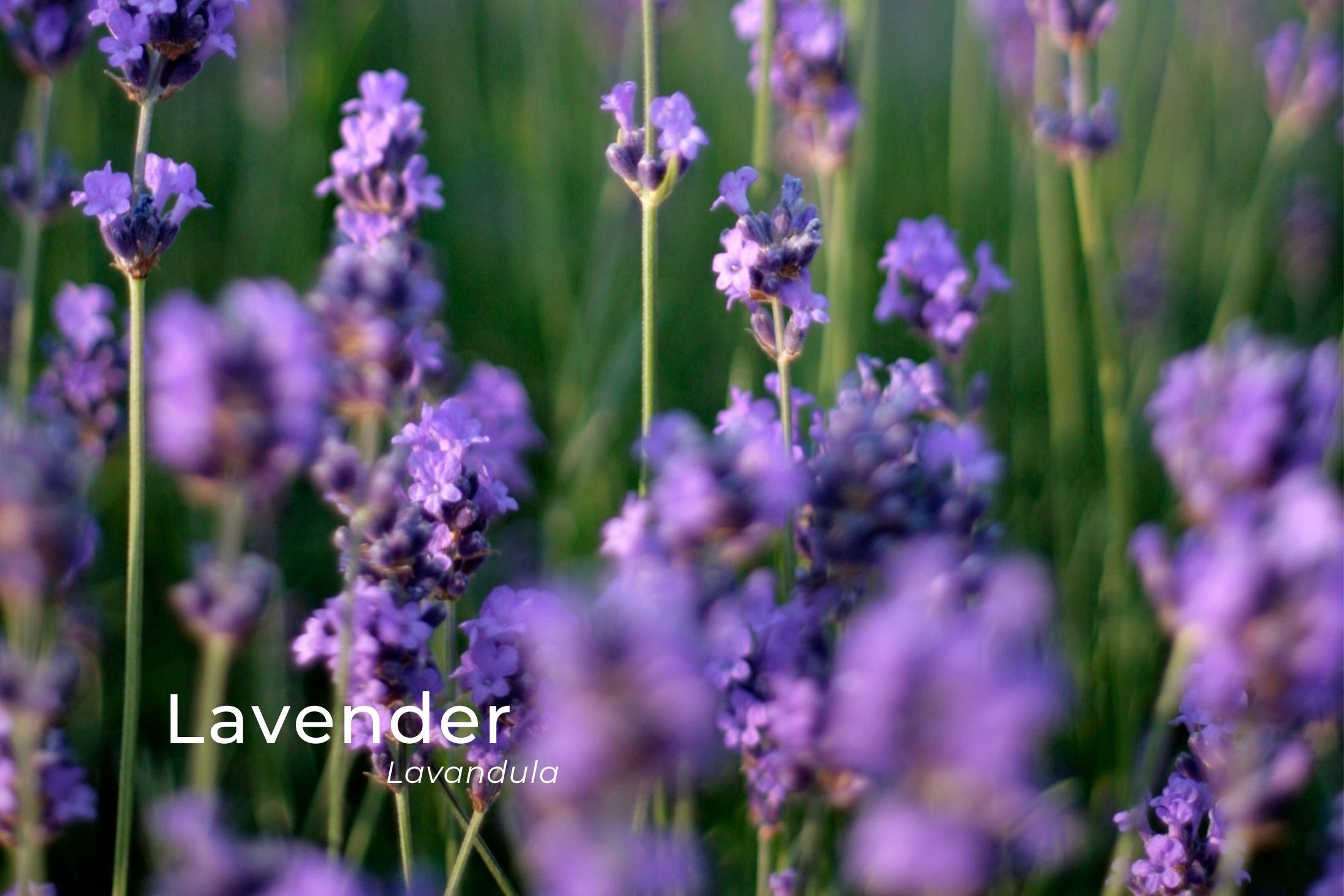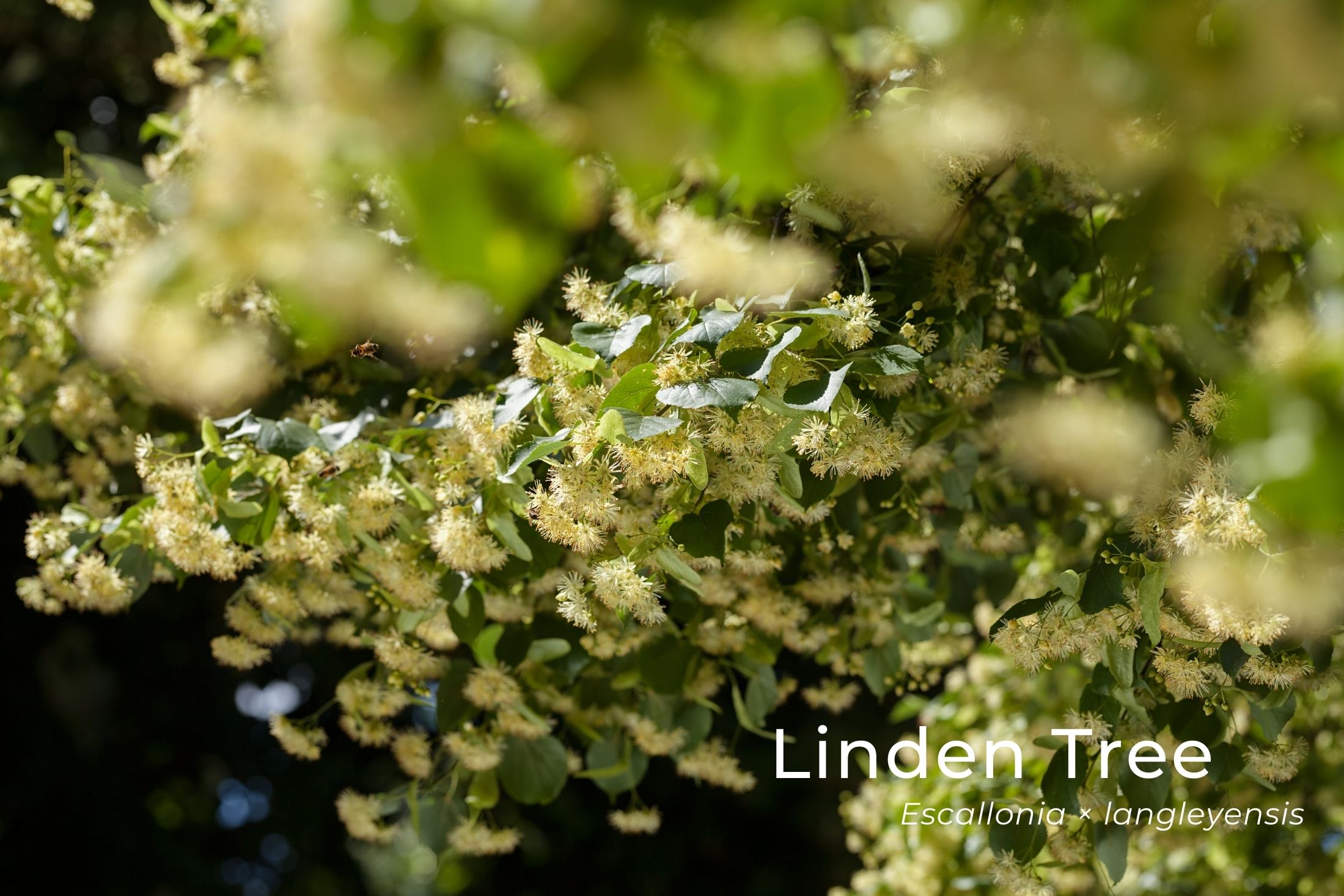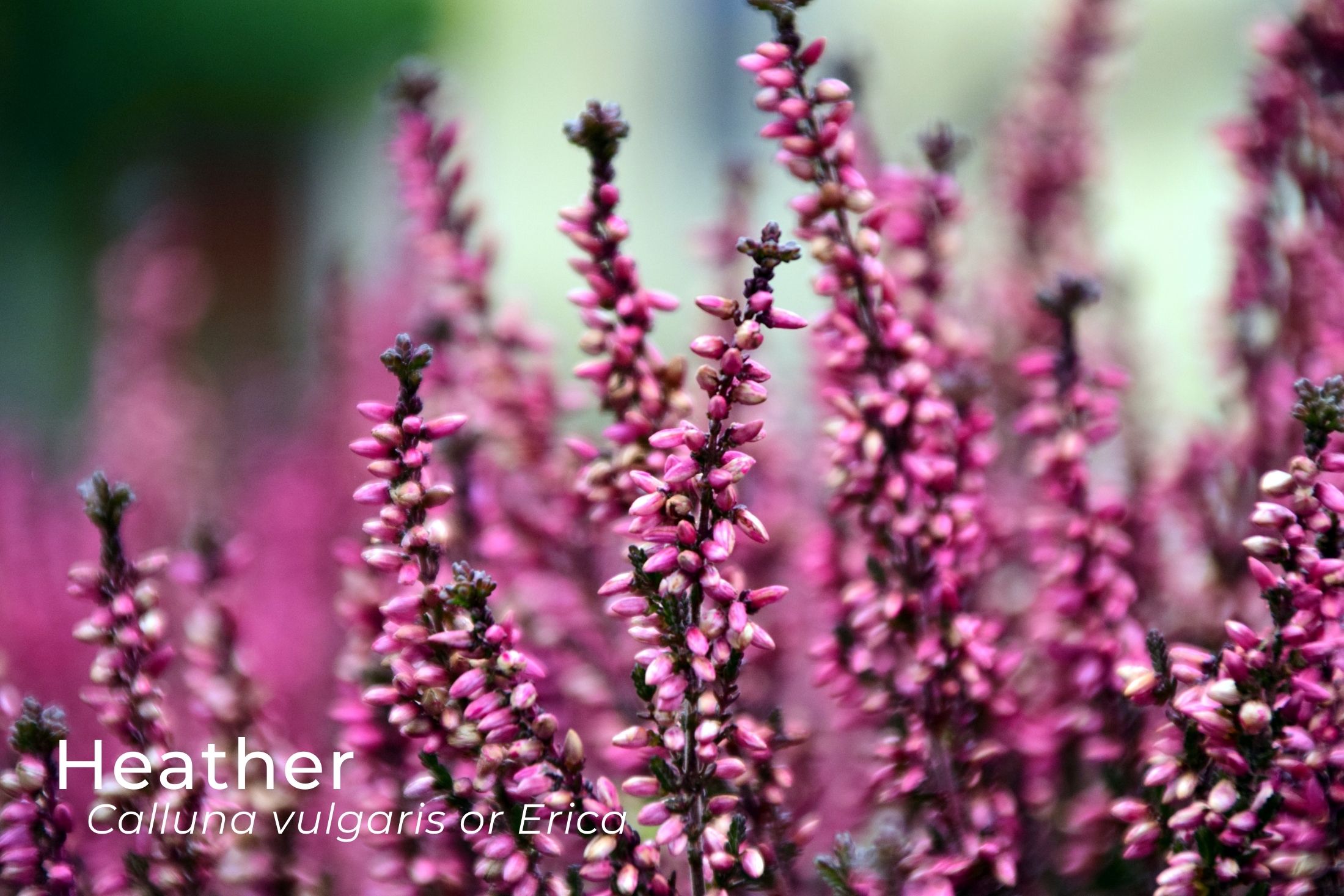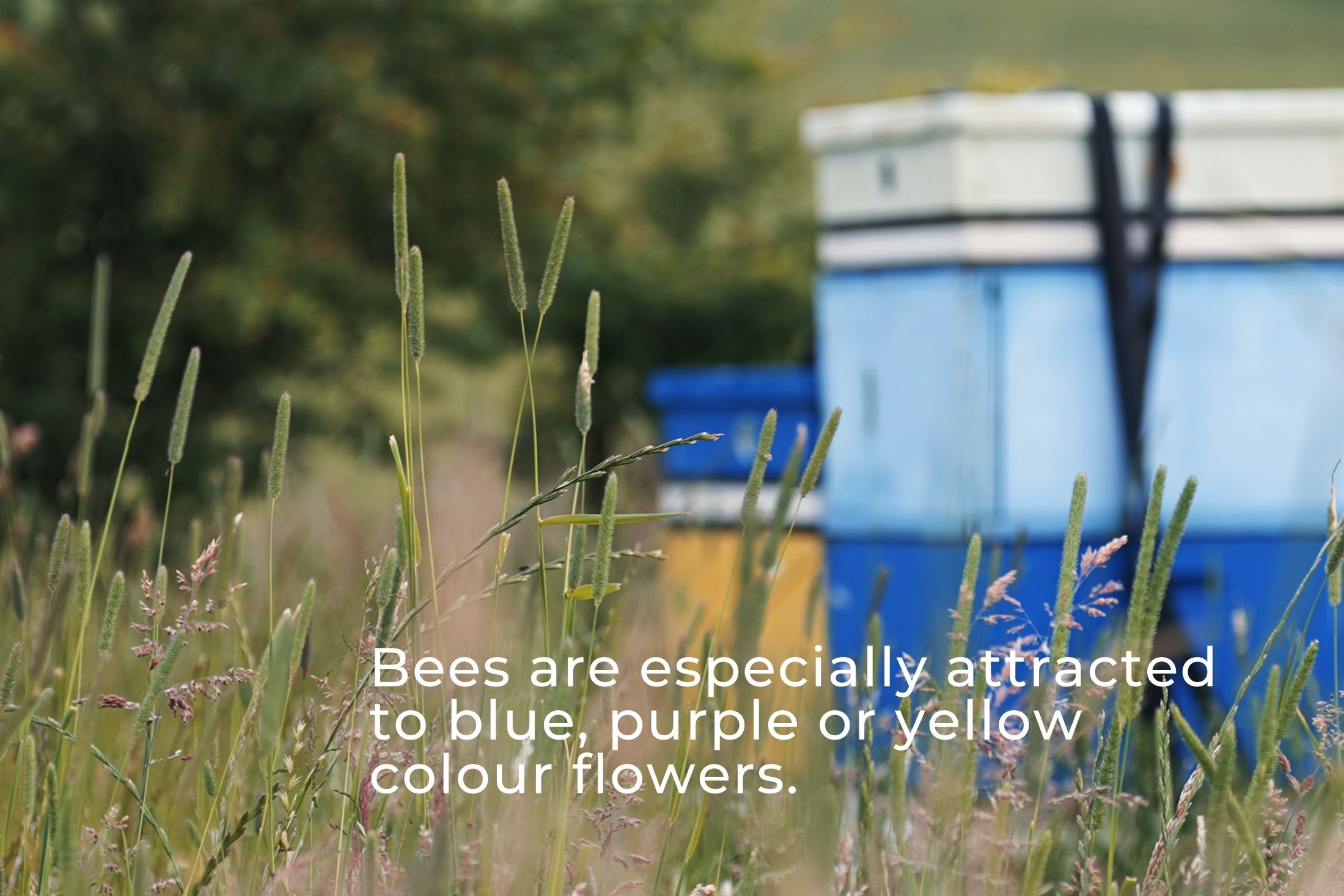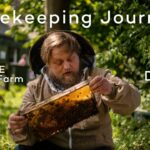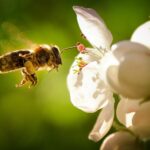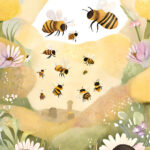Would you believe that not only us people might be so fussy about food we are consuming?
Well, believe it or not bees too have their favourites too, even though it is not always in regards to their taste buds but flower nectar level of nutrition or its accessibility.
So what are their favourites?
Lavender
Apis Mellifera Honey Bees really do love lavender although research suggests it is more popular with bumble bees.
Lavender is very fragrant and full of nectar herb. Some of them blooms continuously – making it a great regular diet plant for honey bees which will help them sustain their hive at its best.
Linden Tree Blossom
The Linden tree is very powerful tree. It tolerates difficult conditions, a wide range of soil, and it is not bothered by most common tree pests.
Linden tree, also known as the Bee tree, grows quite fast and has extreme wood flexibility – it is not easily bothered by wind and makes an excellent choice to plant in very open spaces.
Linden tree flowers typically bloom between June and July and produce Nectar in abundance if weather conditions are perfect – optimum temperature is about 20ºC and the bees must act quickly because the nectar of the linden tree will only be available for them during the first three weeks after blossoming.
Tilia Cordata Flowers contain a variety of nutrients that are super beneficial to keep our health on the top but also to cure various cold symptoms. Some nutrients include saponins, tannins and mucilage, essential oils and most importantly it is high in flavonoid content.
The key benefits are:
- Cough suppressant – providing relief by blocking the cough reflex.
- Anti-inflammatory – pain relief, treat high temperatures and swelling.
- Might help in lowering blood pressure.
- Calm Nervous system and help reduce anxiety and stress
Linden Blossom Tea is used to treat upper respiratory tract, cold symptoms, fever and rheumatism.
Heather
Ericea – Heather is a part of the Ericea family including Erica, Calluna and Daboecia.
In Uk only there are around 1000 cultivars of heather and are valuable source of nectar and pollen.
Erica’s Heather is flowering during winter and early spring and provides food for bees when foraging opportunities are rather limited.
Bee pollen sourced from Erica Heather was also found to have all of 10 essential amino acids required for the bee adult development: arginine, histidine, lysine, tryptophan, phenylalanine, methionine, threonine, leucine, isoleucine, and valine.
Clover
Clover Trifolium repens is a plant coming from creeping pea family plants and it’s one of the flowers which produce high amounts of pollen and nectar.
Clover is inexpensive to maintain, has very deep roots and will grow in most terrain.
Clover is a valuable survival food, high in proteins, widespread, and abundant. Although it needs to be boiled before consumption as they are difficult to digest for us. The plant is a super food for animal fodder too.
Clover fixes nitrogen in the soil and can be seen as an effective weed-suppressor in lawns. In Scotland you can find clover in most of the meadows and our bees are very attracted to its nectar – yummy.
Watch our Youtube Video about Bees Vision to learn more!
